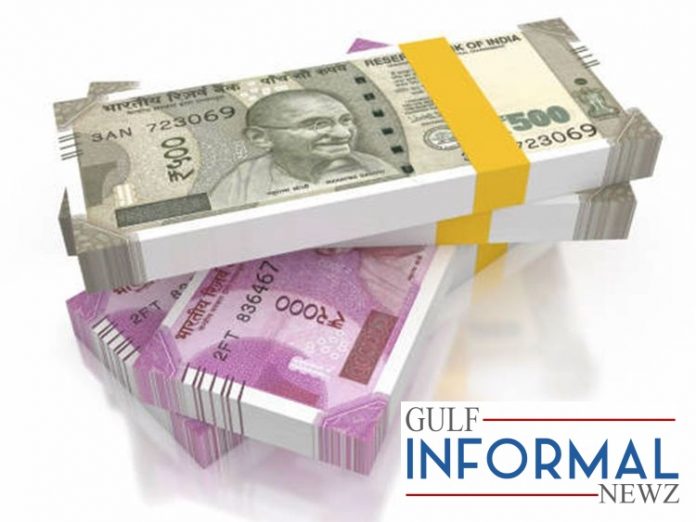Dubai: Will the rupee again hit 20 to the dirham?
Early trade in the currency markets has the rupee pegged at 19.90, and tantalizingly close to a level that would cheer NRI residents in the UAE with plans to remit some of their upcoming salary payment. (In dollar terms, the Friday rate is at Rs73.10 for a dollar.)
It was on April 22 last year that the rupee dropped to a record low of 76.90, hit by heavy foreign fund outflows from the Indian stock markets and as the global economy was grappling with the COVID-19 outbreak. Fears that the Indian economy is heading into an unprecedented contraction speeded up the outflows.
But nearly a year down the line, it’s a different set of circumstances that the economy and rupee are facing.
“With the easing lockdown restrictions, the pickup in economic activities, increase in consumer demand and benign inflation, India will continue to remain an attractive destination for foreign institutional funds,” said Rahul Gupta, Head of Research -Currency at Emkay Global Financial Services.
With fundamentals on solid footing, the more likely prospect would be the rupee trading in the 71.50 to 73.50 range. If so, NRIs would have to make do with getting less than 20 for their dirham.
ets… and India has been a prime beneficiary. The BSE index is hovering near the 50,000 points mark, and the widespread impression is that key sectors will be coming up with vastly improved results in the current quarter. (The BSE was at 49,991 at 9am UAE time on Friday.)
“As long as this trend holds, over the next six months, the rupee may remain firm against the dollar… and therefore against the dirham,” said Anindya Banerjee, DVP for Currency Derivatives and Interest Rate Derivatives at Kotak Securities. “With the new administration in the US expected to be more open to globalisation, foreign investors are buying into emerging market assets.”
But will rupee gain more?
Upcoming corporate results for the January to March period will be decisive in keeping the bullish mood going. The central government’s budget earlier in the month had done much to soothe investor sentiments on which way the economy is going. There was none of the market trantrums after Finance Minister Nirmala Sitharaman presented the key proposals. The rupee too was as steady as it goes.
The four factors that drive the rupee’s status are foreign direct investment and debt flows; portfolio flows into Indian stocks; speculative forces operating in dollar-rupee derivatives in onshore and offshore markets; and the Indian central bank’s buying and selling of dollar.
“Three out of four conditions have been favourable to the rupee due to improving macroeconomic situation, government reforms,” said Banerjee. Plus, “The high-interest differential offering in dollar-rupee forwards/futures contracts.
“However, the RBI (Reserve Bank of India) has not allowed the rupee to appreciate as its peers in other emerging markets.”
Close to one-year peak
While several emerging market currencies are at two- or three-year highs, the rupee is still short of a one-year high against the dollar. The RBI bought nearly $160 billion over the past nine months to prevent the rupee from appreciating to a point where the country’s exports feel its impact.
Only if the RBI reduces the pace of its dollar buying in the coming weeks, can the rupee appreciate to the plus 20 to the dirham level. NRIs will just have to bide their time.
“We can’t comment on what’s best for an individual,” said Supin James, General Manager, Purshottam Kanji Exchange in Oman. “It all depends on their need to send money back home. But compared to February 2020, the rate of transfer is the same – so we say it is always a good time to send money.”




